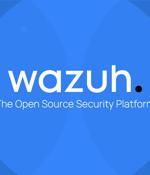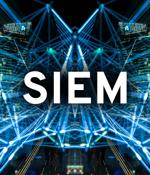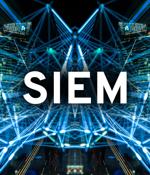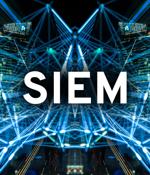Security News

Ransomware as a Service is a business model that helps ransomware developers and operators sell or lease out ransomware capabilities to threat actors. Common behaviors of ransomware Based on the attack pattern, ransomware can encrypt critical data without interfering with other computer system functions.

IBM Security QRadar and LogRhythm provide security to organizational networks through their SIEM solutions. The IBM Security QRadar SIEM works to detect cyberthreats and suspicious activity across the network enterprise within on-premises, hybrid and cloud environments.

SolarWinds Security Event Manager is a SIEM tool that collects and analyzes security event log records to help organizations improve their security and compliance practices. SolarWinds Security Event Manager has real-time automated threat detection capabilities, with continuous system-wide threat detection, monitoring and alerting.

Exabeam vs. Splunk: How are these SIEM tools similar? Exabeam's SIEM solution is called Fusion SIEM, while Splunk's counterpart is Splunk Enterprise Security.

In this interview with Help Net Security, Brian Dye, CEO at Corelight, talks about the trend of creating separate SIEMs for threat hunting and why this is not achieveable for all organizations. We are seeing companies establishing separate SIEMs for threat hunting.

Business leaders and managers who have integrated SIEMs to detect, analyze and respond to organizational threats - both external and internal - are already one step ahead. SIEM tools, when integrated with other layers of security, can help flag anomalous behavior and potential issues in real time. An SIEM could immediately handle a DoS attack or, at the very least, identify compromised devices.

Major factors driving the growth of the SIEM market. The rise in concerns over IT security is expected to boost the SIEM market.

Panther Labs released the findings from their report which surveyed over 400 security professionals who actively use a SIEM platform as part of their job, including CISOs, CIOs, CTOs, security engineers, security analysts, and security architects, to gain insight into their current SIEM challenges, frustrations, and desires when it comes to capabilities. "Insights from this report confirm what my team and I have also experienced working at companies like Amazon and Airbnb - traditional SIEM platforms no longer meet the growing needs of security practitioners who face new and emerging threats," said Jack Naglieri, CEO and founder of Panther Labs.

While the underlying tenets of not relying on a single vendor and taking advantage of best-of-breed expertise for each system or tool is still valid, it has become obvious that data needs to be combined to understand the complete attack surface and progression of the kill chain. SIEM was created over fifteen years ago to integrate security data for providing real-time analysis of security alerts generated by applications and network hardware.

NetWitness introduced NetWitness Cloud SIEM, a cloud-based threat detection and response solution that delivers pervasive visibility, multi-faceted analytics, and automated response capabilities without the need for on-premise deployment and administration. NetWitness Cloud SIEM provides enterprises with the same rich log management, retention, reporting, and analytics services long utilized by on-premise customers for threat detection and response, but in cloud form.